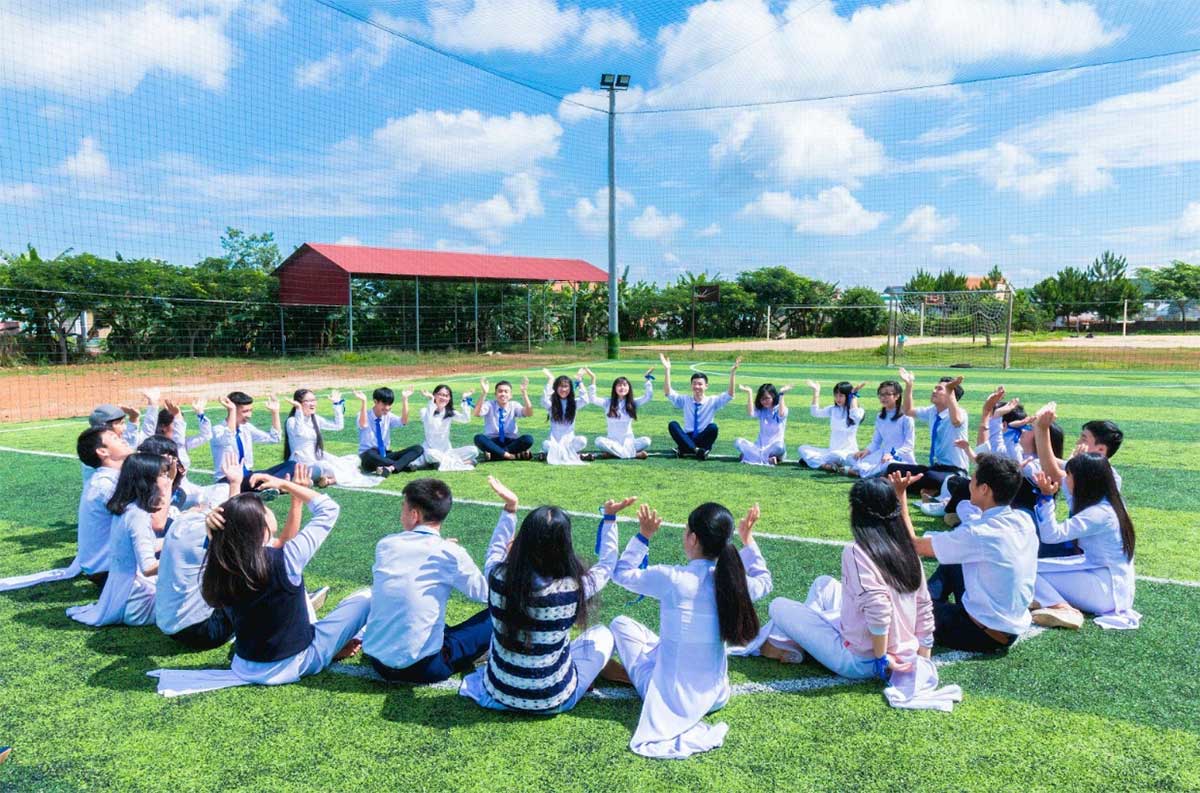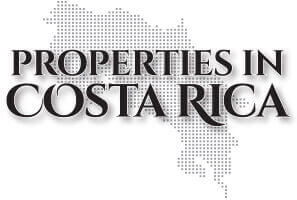
Environmental Education as a Core of Costa Rican Schools
September 29, 2025
Properties in Costa Rica
Most countries barely mention climate change in textbooks. Costa Rica totally flipped education to focus on the environment. This tiny nation has 6% of world’s biodiversity in just a tiny patch of Earth. They’ve mixed nature into every school subject.
Other places do occasional eco field trips. Costa Rican schools blend nature into math, language, history, and science. Kids learn ecosystems as easily as times tables.
Costa Rica’s Unique Approach to Environmental Education
The Costa Rica education system is super different. Since the 90s, they’ve stopped treating nature as just another subject. They use it to teach everything else. This wasn’t random. A small country with limited stuff realized early they needed to save resources, not use them up.
Education Minister Garnier changed things to focus on “learning through nature, not just about it.” Teachers now plan different lessons. Math kids calculate forest growth. Language classes read and write about local nature.
Students stuck on tough eco projects sometimes need a hand. Buy homework help services can guide them through tricky stats while they focus on the environmental parts.
Nature isn’t just in books. Schools rebuilt spaces as living labs. About 64% of Costa Rican schools now have gardens, compost, or rain collectors that students actually run. These aren’t just for show—kids learn from them daily.
Key Elements of the Environmental Curriculum
What makes environmental education programs pop is their local focus. They don’t teach abstract global stuff. Costa Rican schools focus on nearby ecosystems. Beach schools study turtles and oceans. Mountain schools learn about cloud forests.
This local angle makes kids care more. The teaching follows the “near-to-far” idea—start with what kids can touch before going bigger. By age 12, most Costa Rican kids can name tons of local plants and animals. They know how these connect to each other.
The curriculum includes:
- Hands-on nature surveys of school grounds
- Community conservation projects
- Problem-solving focused on local eco issues
- Using indigenous knowledge about nature
- Regular trips to protected areas
Students wrestling with complex eco papers can get help from EssayPay.com. It helps organize research while they develop their own ideas.
The Education Ministry created simple eco skills for each grade. Third graders learn basic ecology. Sixth graders run small conservation projects. High schoolers often create serious environmental monitoring that actually helps national conservation.
Success Stories and Measurable Outcomes
The sustainable schools Costa Rica program gets amazing results beyond just eco awareness. A 2021 study found these schools scored 23% higher overall than traditional ones. Science and math jumped the most, but even language improved.
Success stories are everywhere. At Las Nubes School, sixth-graders found nasty water pollution. They researched fixes and convinced local government to improve things. They used math, chemistry, and civics to solve a real problem. This creates confident kids who take action.
The program has created real impacts:
- 87% of these schools cut water use by 30%
- 76% now separate and recycle waste
- 62% grow food for school meals
- 41% started community conservation projects
The coolest part? Families of these students adopt 35% more conservation habits at home. Kids basically become eco teachers for their parents. Talk about role reversal!
Challenges and Future Developments
Despite the wins, eco-friendly education faces real roadblocks. Rural schools often lack basic resources. Rich city schools have better eco education than poor country schools. Some remote schools still need basic teaching stuff.
Teacher training is tough too. Teachers need to know multiple subjects and hands-on methods. The Ministry offers training, but 22% of teachers feel they can’t fully teach the eco curriculum.
Tech brings opportunities and headaches. Green learning initiatives now use digital tools to track nature and analyze data. But the digital divide is brutal. Rich urban kids have better tech access than rural ones.
Some folks wonder if all this nature focus hurts other subjects. But tests show Costa Rican kids do as well or better than traditional students. Plus they crush ecological knowledge and problem-solving.
Future plans focus on connecting with other countries. Costa Rica started swapping students with other Central American schools. Kids compare eco challenges across borders. These programs show that nature doesn’t care about country lines.
Costa Rica’s model shows how to weave nature into learning. You can’t copy it exactly everywhere, but the main idea—using local environments to teach all subjects—could change schools worldwide. They’ve created a system that preps kids not just for tests, but for the messy eco problems they’ll face their whole lives.
Author: John J Gregg
